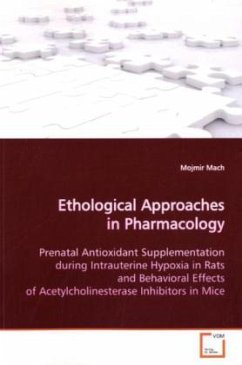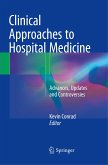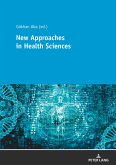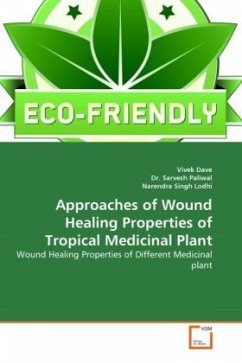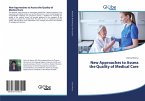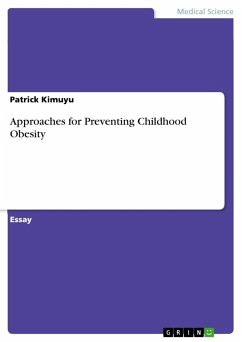The experimental findings presented provide insight
into the evaluation of behavioral effects, an
important component for in vivo screening of drugs
or toxic compounds in experimental animals.
In the first set of experiments, we studied the
effect of chronic intrauterine hypoxia produced by
phenytoin on pre- and postnatal development of the
rat offspring. Surprisingly, we found that high
doses of VitE in pregnancy, which should be
protective, appear to involve a risk to the
developing rat fetus.
In the second set of experiments, we studied
behavioral changes after AChE inhibition. Subchronic
exposure to low-levels of sarin combined with
chronic shaker stress caused delayed changes in
behavioral and endocrine parameters.
With the methods presented in this book we were able
to detect an embryo-fetal toxic potential of PHT and
to point out the risk of prenatal supplementation
with high doses of VitE to the developing rat fetus.
The behavioral methods also enabled us to detect
late consequences of exposure to anti-ChE, and
particularly to sarin in combination with stress,
providing a possible model of Gulf War Syndrome.
into the evaluation of behavioral effects, an
important component for in vivo screening of drugs
or toxic compounds in experimental animals.
In the first set of experiments, we studied the
effect of chronic intrauterine hypoxia produced by
phenytoin on pre- and postnatal development of the
rat offspring. Surprisingly, we found that high
doses of VitE in pregnancy, which should be
protective, appear to involve a risk to the
developing rat fetus.
In the second set of experiments, we studied
behavioral changes after AChE inhibition. Subchronic
exposure to low-levels of sarin combined with
chronic shaker stress caused delayed changes in
behavioral and endocrine parameters.
With the methods presented in this book we were able
to detect an embryo-fetal toxic potential of PHT and
to point out the risk of prenatal supplementation
with high doses of VitE to the developing rat fetus.
The behavioral methods also enabled us to detect
late consequences of exposure to anti-ChE, and
particularly to sarin in combination with stress,
providing a possible model of Gulf War Syndrome.
